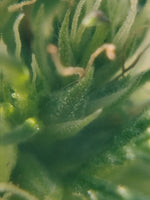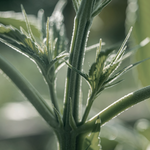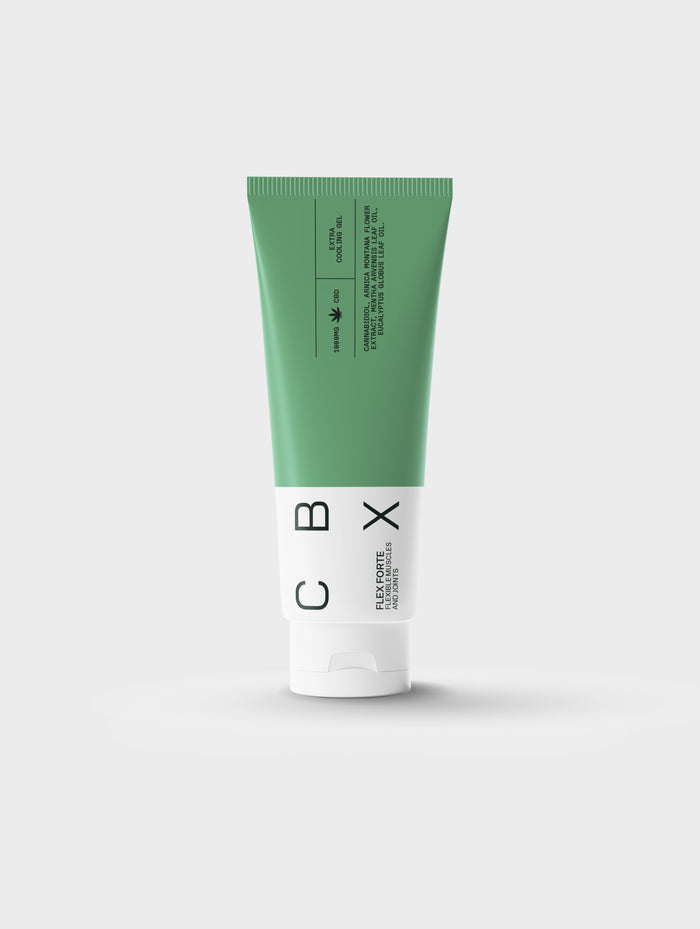Cannabidiol is one of the active substances in cannabis. It would have many benefits.
Introduction
Cannabidiol is one of the active substances in cannabis. Unlike THC, it does not have an intoxicating effect. On the other hand, it is given certain virtues.
Cannabidiol (CBD) and THC are the cannabinoids most studied by the scientific community. And for good reason: they are probably at the origin of the medicinal use of cannabis throughout History .
Although it comes from the same plant and the same starting compound (CBGA), cannabidiol and THC are different.

Cannabidiol and THC: what are the differences?
As a reminder, THC is the main psychotropic substance (1) in cannabis. It binds primarily to CB1 receptors, which are very abundant in the brain. Cannabidiol, on the other hand, does not bind to CB1 receptors.
Several studies have demonstrated that cannabidiol
· does not cause physical dependence;
· does not induce a tolerance phenomenon. That is to say, the body does not get used to CBD, so it is not necessary to take more to obtain the same effects;
· does not expose you to the risk of overdose;
· causes few adverse effects.
How does cannabidiol work?
The mechanisms of action of cannabidiol have not yet been fully elucidated. If it does not bind to CB1 receptors, this cannabinoid does not have much affinity with CB2 receptors either. In fact, cannabidiol interacts with the endocannabinoid system via indirect mechanisms (2). In particular by increasing the action of anandamide, an endocannabinoid naturally produced by the human body. However, anandamide binds to CB2 receptors!
As a reminder, CB2 receptors regulate certain organic functions and muscle movement. They also play a role in the immune system and the inflammatory phenomenon.
Based on various scientific studies, cannabinidiol targets (directly and indirectly):
- Receptors : CB1, CB2, GPR55, Opioids ,…
- Enzymes: Lipoxygenase (inflammation), …
- Channels : TRPV (1-4), …
- Carriers : Anandamide, …

The benefits of cannabidiol
CBD has several pharmacological properties.
· CBD has strong antioxidant power since it tends to neutralize free radicals. Its anti-inflammatory effect is mainly due to this action. It is precisely these antioxidant, anti-inflammatory and immunomodulatory properties that explain its protective effect on the skin barrier, in particular. Several studies tend to demonstrate a positive effect on dermatological diseases such as psoriasis.
· CBD has an anxiolytic effect which counteracts the anxiogenic effects of THC.
· CBD could treat insomnia and certain sleep disorders.
· The antiemetic (anti-nausea) properties of certain cannabinoids have been known for a long time. This is notably due to the presence of cannabinoid receptors in the digestive system. Moreover, at least 3 drugs have been developed to combat nausea and vomiting induced by anticancer chemotherapy. However, they are not available in Belgium.
· The analgesic properties of CBD are also well established. Moreover, several Belgian scientists and doctors would like to be able to prescribe it to certain patients suffering from (chronic) pain.
· At the muscular level, CBD also has relaxing properties.
Cannabidiol has other properties: antiarthritic, antifungal, antibiotics (especially against Staphylococcus aureus), neuroprotective, antipsychotic, antiasthmatic, antitumor, etc. Numerous studies are underway to better understand the mechanisms of action of CBD and how to best dose and administer it to exploit its different properties.
CBD extract in different forms
Cannabidiol is found mainly in cannabis flowers, less in the leaves and stems and almost not in the seeds. The flowers are differentiated according to their CBD and THC contents, which vary depending on the species.
Medicines, cosmetics and CBD products are made from cannabis flower extracts selected for their high CBD content. Extracts are obtained by carbon dioxide extraction, distillation, etc.
Raw material exists in different forms. The most common is CBD oil, rarely pure and often mixed with other vegetable oils – notably oil extracted from hemp seeds which, as a reminder, is low in CBD.
CBD extracts can also be in the form of powder, crystals or even paste. Each form has different CBD concentrations and manufacturing properties. Manufacturers select them based (in particular) on the method of administration of their product.
These CBD extracts are then used in the composition of oils, capsules or softgels, water-soluble CBD, balms, creams, vaping liquids (for electronic cigarettes, for example), etc.
It is also possible to synthesize CBD and THC. These synthetic molecules are used in cannabinoid-based medications.
CBD-based medications
But the antiepileptic effect of cannabidiol is the best known and best studied. CBD is also included in the composition of a medication – the first based on a cannabinoid authorized on the European and American markets – which is prescribed to children with certain (very) severe forms of epilepsy: Dravet syndrome and Lennox-Gastaut syndrome.
Other CBD-based drugs are being developed, notably to treat encephalopathies (brain diseases), neurological diseases (including schizophrenia), etc.
The European Commission has also given cannabidiol “orphan treatment” status to treat brain damage caused by a lack of oxygen in the brain during birth (hypoxia). Conditions for which there is currently no other treatment…
Notes
(1) Refers to a substance that acts chemically on mental activity. All drugs and certain classes of medications (antidepressants, anxiolytics, sleeping pills, etc.) are psychotropic.
(2) Cannabidiol also modulates other signaling systems (non-cannabinoids), by inhibiting or stimulating the activity of proteins and receptors.
References
“Cannabidiol.Critical Review Report” , presented in 2018 at the 14th meeting of the WHO Expert Committee on Drug Dependence.
McPartland, JM, et al., “ Are cannabidioland Δ9-tetrahydrocannabivarin negative modulators of the endocannabinoid system? A systematic review” in British Journal of Pharmacology , 2015. 172(3): p. 737-753.
Bih, CI, et al., “ Molecular targets of cannabidiol in neurological disorders” in Neurotherapeutics , 2015.12(4): p. 699-730.
Britch, S.C.; et al. Cannabidiol: Pharmacology and Therapeutic Targets. Psychopharmacology 2021 , 238 (1), 9–28. https://doi.org/10.1007/s00213-020-05712-8.
Ibeas Bih, C. et al. Molecular Targets of Cannabidiol in Neurological Disorders. Neurotherapeutics 2015, 12 (4), 699–730. https://doi.org/10.1007/s13311-015-0377-3.
Elsaid, S.; Le Foll, B. The Complexity of Pharmacology of Cannabidiol (CBD) and ItsImplications in the Treatment of Brain Disorders. Neuropsychopharmacol. 2020 , 45 (1), 229–230. https://doi.org/10.1038/s41386-019-0518-1.
Almeida, DL et al. . Diversity of Molecular Targets and Signaling Pathways for CBD.
Pharmacol . Res. Perspective . 2020 , 8 (6). https://doi.org/10.1002/prp2.682.











